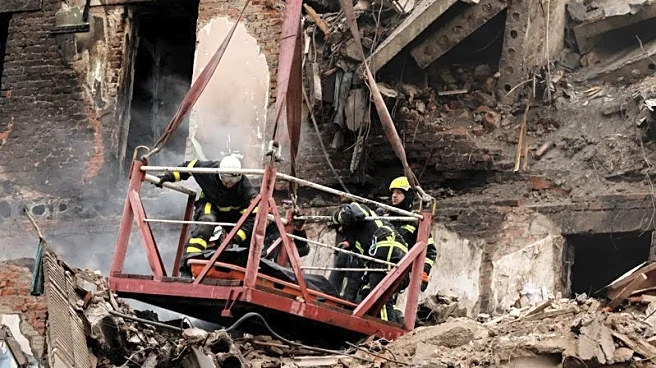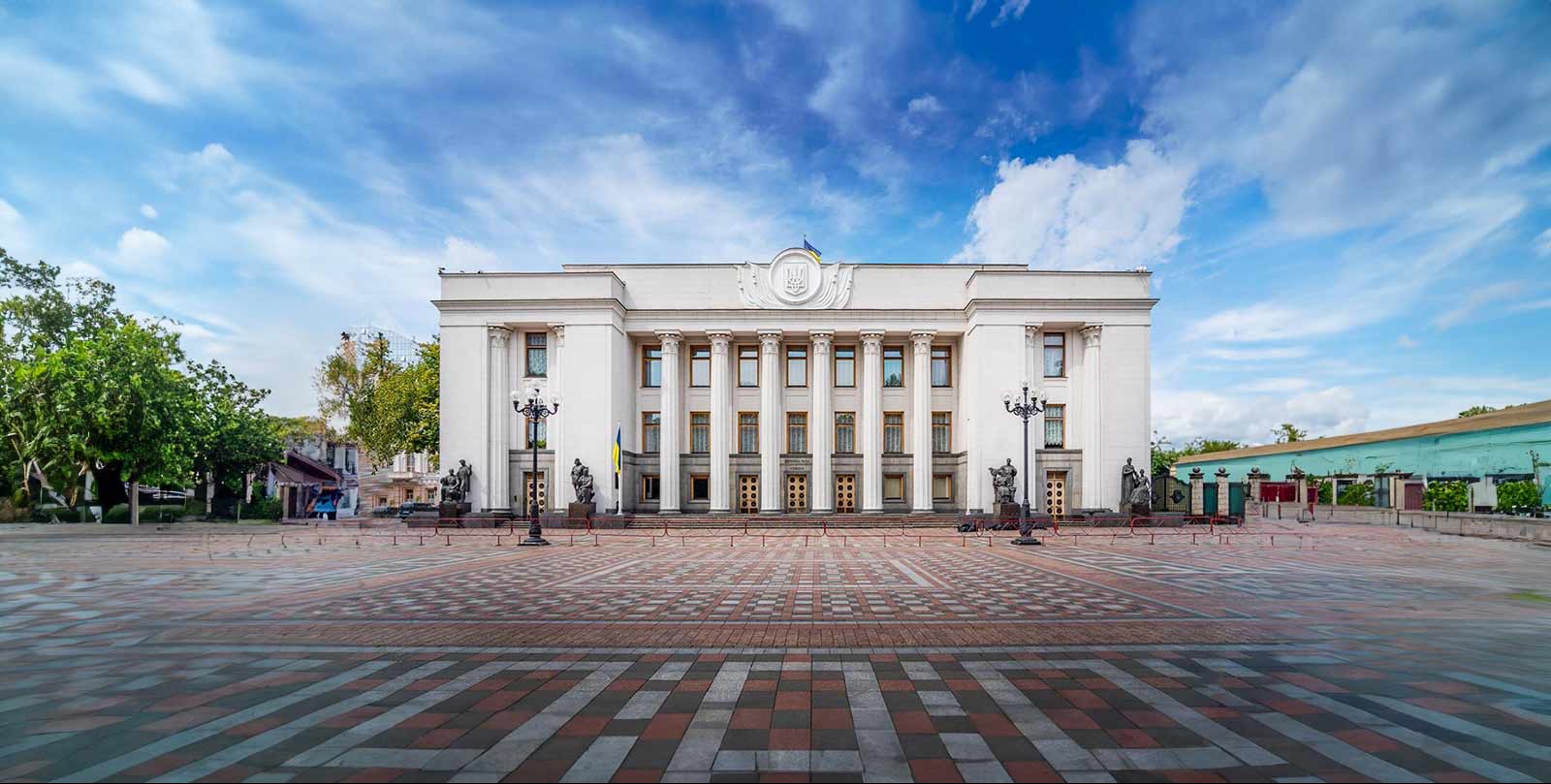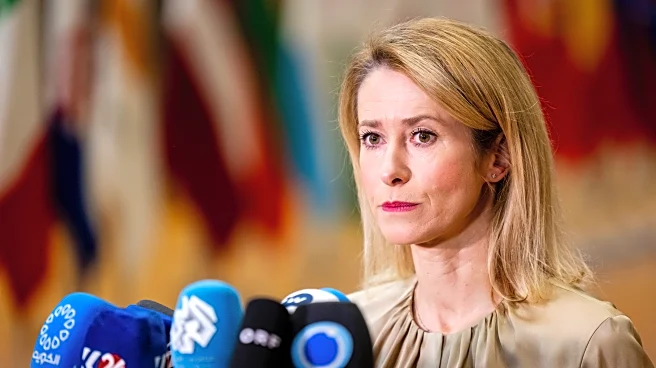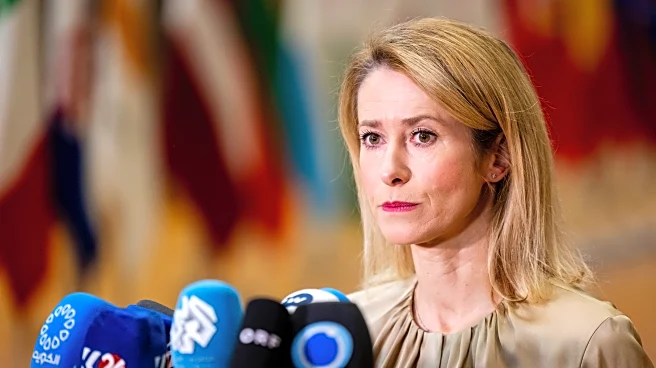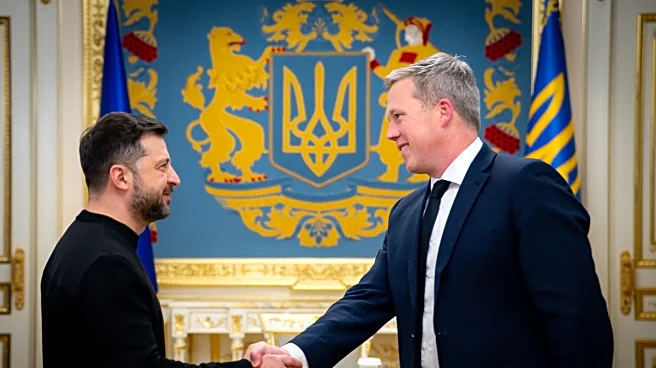What's Happening?
Russian President Vladimir Putin has expressed that the U.S. peace plan could serve as a foundation for a peaceful resolution in Ukraine. However, he noted that the details have not been thoroughly discussed
with Russia, suggesting that the U.S. might not have convinced Ukraine to accept the plan. The draft plan includes significant concessions from Ukraine, such as ceding territory in the Donbas and renouncing NATO ambitions, which align with Russian demands. Despite preferring diplomacy, Putin warned that Russia would achieve its goals militarily if necessary.
Why It's Important?
The U.S. peace plan's acceptance could significantly alter the geopolitical landscape in Eastern Europe. If Ukraine agrees to the concessions, it may stabilize the region but at the cost of its territorial integrity and military autonomy. The plan's security guarantees, including a temporary NATO-like protection, could offer Ukraine some assurance against future aggression. However, the plan's alignment with Russian demands raises concerns about rewarding aggression and undermining Ukraine's sovereignty. The outcome could influence U.S.-Russia relations and impact NATO's strategic positioning.
What's Next?
Ukraine's President Volodymyr Zelenskyy is expected to present counterproposals, indicating ongoing negotiations. The U.S. and Russia may continue diplomatic efforts to finalize the plan, while Ukraine faces a critical decision that could affect its international alliances and domestic stability. The potential for a Putin-Trump summit to discuss the plan further could lead to new diplomatic dynamics. Stakeholders, including NATO and the EU, will likely monitor developments closely, as the plan's acceptance or rejection could have far-reaching consequences.


